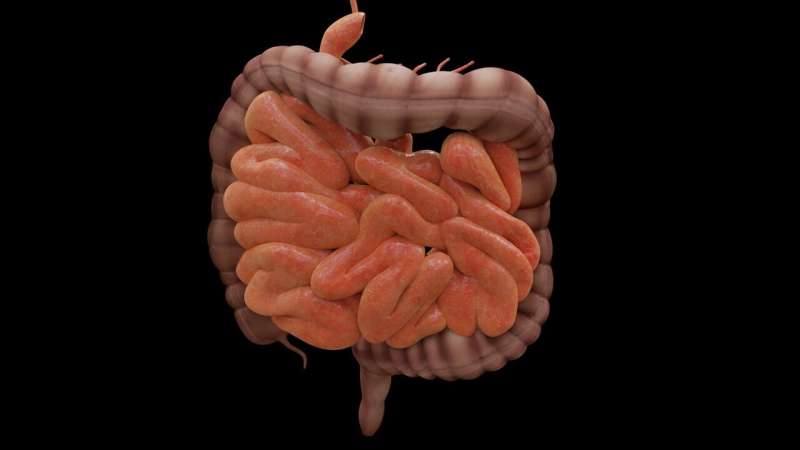Fecal Microbiota Transplants: Potential Benefits and Unforeseen Risks

Fecal microbiota transplants show promise for gut health but pose risks due to regional microbiome mismatches. New research highlights the need for targeted microbial therapies to ensure safety and efficacy.
Fecal microbiota transplantation (FMT) has emerged as a promising therapy for certain gastrointestinal conditions, most notably recurrent Clostridioides difficile (C. diff) infections. The procedure involves transferring stool microbes from a healthy donor to a recipient's gut, aiming to restore a balanced and healthy microbiome. While FMT has demonstrated impressive success in treating C. diff, its application for other health issues like inflammatory bowel disease, obesity, metabolic syndrome, and even autism spectrum disorder is under consideration.
However, recent research from the University of Chicago warns about potential long-term health risks associated with FMT. Published in the journal Cell, the study highlights how introducing microbes from one part of the gut into another can create regional mismatches in the microbiome, with significant and lasting effects. Using experiments with mice and analysis of human tissue samples, scientists observed that anaerobic bacteria from the colon can colonize the small intestine after a single transplant and persist for months. These microbes can modify their environment—a process called 'terraforming'—leading to changes in metabolism, behavior, and energy regulation in the host.
Lead researcher Orlando (Landon) DeLeon emphasized the importance of regional microbiota matching, cautioning against indiscriminate transplantation of microbes across different parts of the gut. The gut's environment varies considerably along its length, with each region supporting distinct microbial communities vital to overall health.
Current FMT practices often involve broad microbial transfers, which can disrupt the specialized ecosystems along the gastrointestinal tract. When microbes from the colon are introduced into the small intestine or cecum (which connects the small and large intestines), they tend to colonize areas unsuitable for their native habitat. This mismatch can lead to persistent alterations in gene and protein expression in the intestinal lining, potentially reshaping tissue identity to favor the microbes' survival.
The study underscores the need for a more nuanced approach—such as 'omni-microbial transplants' or OMT—that involves transferring microbes from various regions of the intestine to better mimic the natural microbial diversity and distribution. Such targeted strategies could improve the safety and effectiveness of microbiome therapies.
Overall, while FMT continues to hold significant promise, researchers advocate for careful consideration of its long-term impacts. A more refined understanding of the gut microbiome's regional specialization and the development of personalized transplant approaches could enhance treatment outcomes and minimize unintended health consequences.
Stay Updated with Mia's Feed
Get the latest health & wellness insights delivered straight to your inbox.
Related Articles
Research Finds No Elevated Risk of Childhood Cancer Near UK Nuclear Sites
A recent study shows no evidence of increased childhood cancer risk near UK nuclear power stations, supporting continued public health safety and monitoring efforts.
Breakthrough Study Identifies Brain Biomarkers Linked to Cognitive Issues in Long COVID Patients
New research identifies brain biomarkers associated with persistent cognitive problems in long COVID patients, paving the way for better diagnosis and personalized treatments.
Innovative Approach Using Stem Cells and Drug Therapy to Combat Abnormal Bone Growth in FOP
A novel therapy combining stem cells and rapamycin effectively reduces abnormal bone formation in FOP, a rare genetic disorder, improving mobility and offering hope for future treatments.
Neonatal Mortality in Finland Remains Low Despite Small Delivery Units
Recent Finnish studies show that neonatal mortality remains low across hospitals of all sizes, emphasizing effective neonatal care in both large and small delivery units.



